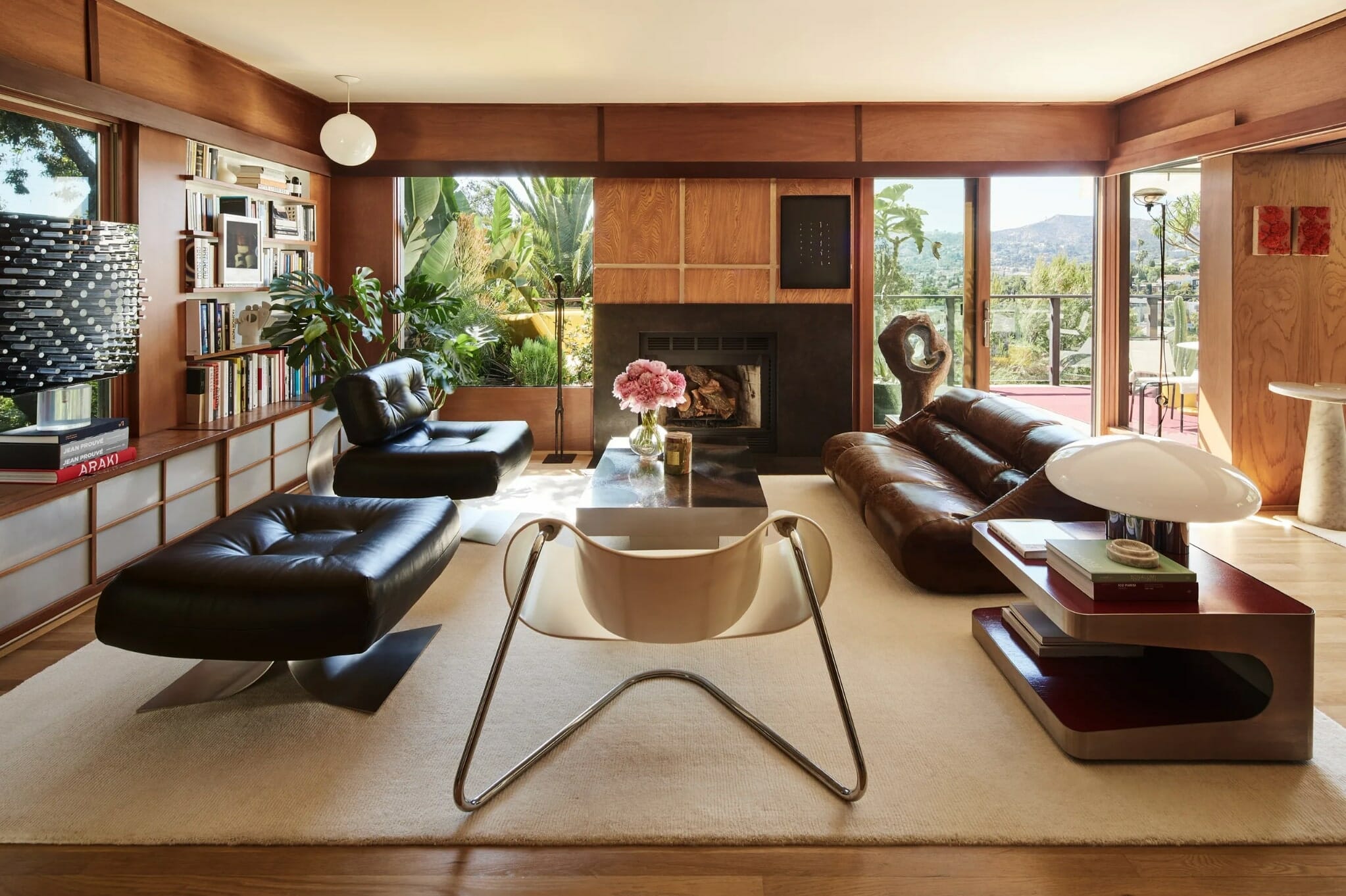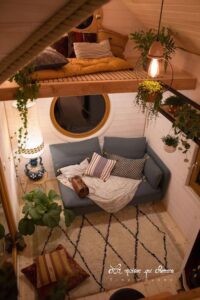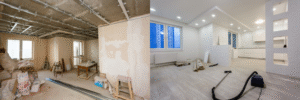Interior Design Mistakes to Avoid (and How to Fix Them)

Decorating your home is exciting but it’s also easy to go from stylish to stressful with just a few wrong choices. Whether you’re redesigning a single room or furnishing a brand-new space, some common interior design mistakes can make your home feel cluttered, uncomfortable, or unbalanced.
The good news? Most of these mistakes are easily fixable with a few expert tips. Here’s a breakdown of the most frequent interior design pitfalls and exactly how to avoid or correct them.
1. Choosing Paint Before Furniture
The Mistake: Picking a wall color before choosing furniture, rugs, or artwork.
Why It’s a Problem: Paint comes in thousands of shades, but finding the perfect couch to match your unusual green walls? Much harder.
The Fix:
Choose your main furniture and décor items first, then select a paint color that complements them. It’s much easier to match paint to fabric than the other way around.
2. Poor Lighting Choices
The Mistake: Relying on a single overhead light.
Why It’s a Problem: It flattens a space, creates shadows, and limits ambiance.
The Fix:
Use layered lighting:
- Ambient (ceiling lights)
- Task (desk, vanity, kitchen)
- Accent (sconces, lamps)
Add dimmers to create mood flexibility and place lighting at various levels to create warmth and dimension.
3. Pushing All Furniture Against the Walls
The Mistake: Arranging all furniture along the edges of the room.
Why It’s a Problem: It creates dead space in the middle and makes large rooms feel cold or disconnected.
The Fix:
Float key pieces (like sofas or chairs) inward to create cozy conversation zones. Use area rugs to define sections and make open layouts feel intentional.
4. Ignoring Scale and Proportion
The Mistake: Using furniture that’s too large or too small for the room.
Why It’s a Problem: Throws off balance and makes the space feel cramped or awkward.
The Fix:
Measure your space before buying anything. Use painter’s tape or furniture templates to test layout and flow. Mix furniture heights and sizes to create visual interest while keeping balance.
5. Hanging Art Too High (or Too Low)
The Mistake: Hanging artwork several inches too high, near the ceiling.
Why It’s a Problem: Makes the room feel disjointed and can strain the eyes.
The Fix:
Hang art so the center of the piece is at eye level—around 57–60 inches from the floor. If it’s above furniture, leave 6–10 inches between the bottom of the frame and the top of the furniture.
6. Over-Theming a Room
The Mistake: Going all-in on a theme (e.g., nautical everything, farmhouse overload).
Why It’s a Problem: It can look more like a movie set than a livable home.
The Fix:
Use themes as subtle inspiration, not strict rules. For example, in a coastal-style room, use beachy textures (like rattan or linen) and soft blue tones rather than filling the space with anchors and seashells.
7. Cluttered Décor and Accessories
The Mistake: Overloading surfaces with knick-knacks and accessories.
Why It’s a Problem: Visual clutter makes spaces feel chaotic and smaller.
The Fix:
Edit ruthlessly. Use the “rule of three” for vignettes (group items in odd numbers, varying height and texture). Rotate seasonal items and store extras.
8. Forgetting About Function
The Mistake: Prioritizing style over livability.
Why It’s a Problem: A gorgeous room isn’t useful if it doesn’t meet your needs.
The Fix:
Design with daily use in mind. Ask:
- Do I have enough seating?
- Is there proper lighting for reading or working?
- Can I move around easily?
Let function guide form, especially in high-use rooms like kitchens, offices, and family areas.
9. Using Rugs That Are Too Small
The Mistake: Choosing an area rug that “floats” in the center of the room.
Why It’s a Problem: Makes the room feel disconnected and poorly planned.
The Fix:
Choose a rug that’s large enough for at least the front legs of your furniture to sit on. In dining rooms, the rug should extend at least 24 inches beyond the table on all sides.
10. Lack of Personal Touches
The Mistake: Creating a picture-perfect space that feels like a showroom.
Why It’s a Problem: Your home should reflect you not a catalog.
The Fix:
Incorporate personal elements like family photos, travel souvenirs, handmade art, or meaningful books. Layer in items that tell your story and make the space feel truly lived-in.
Final Thoughts
Interior design isn’t about perfection it’s about balance, comfort, and personality. By avoiding these common mistakes and applying thoughtful corrections, you can create a home that looks beautiful, feels functional, and truly reflects who you are.







